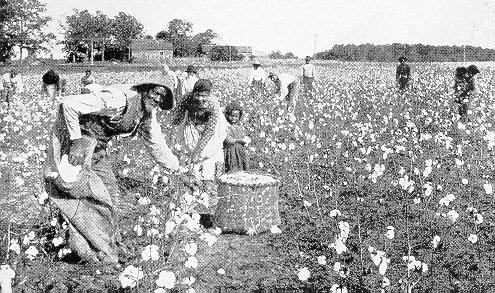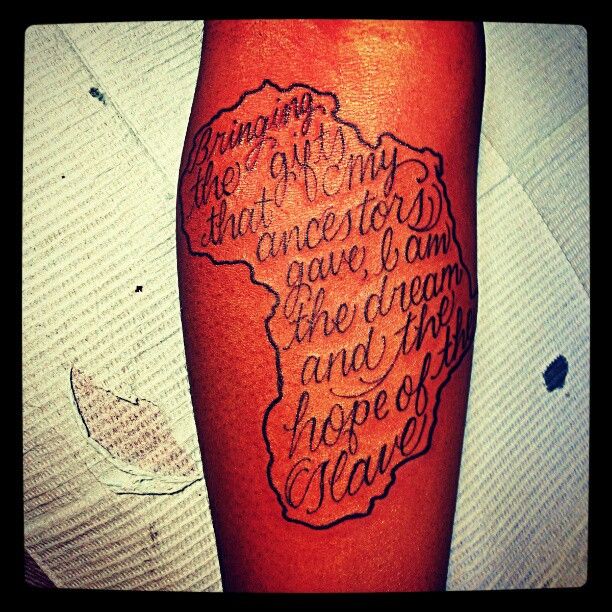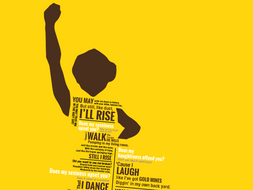The numbers speak for themselves, but the razor thin margins in Georgia’s presidential totals show that in spite of efforts to intimidate and silence the Black vote, “still we rise.” As votes from majority black counties boosted the chance of the Southern state projectedly “turning blue,” we can’t help to wonder how the ancestors who toiled and labored to build this country are smiling in awe as things come full circle.
Colonial Georgia was the only one of Britain’s American colonies to vote to ban slavery in 1735 due to a matter of public policy. The ban was overturned in January 1751 and white settlers were once again allowed to rely on the efforts of Black slaves to build their economy, primarily by working in the rice fields.

Following the American Revolutionary War (1775-1783) Georgia planters began to farm cotton and once again African American slaves were targeted for the labor-intensive chore of picking cotton bringing their owners a great profit with little to no overhead costs.
During the Antebellum Era (1800-1860), as African American slaves began to outnumber whites in the state of Georgia, “order” was maintained through a judicial and legislative system that was skewed against Black lives. In an effort to prevent the abolition of slavery that was being pushed by northern states, Georgia in 1861 declared secession from the Union. When the Civil War ended in 1865, freed slaves began the process of existing without the mental and physical shackles that had enslaved them for more than a century, while some African Americans living in the more remote parts of the state continued to operate as slaves until years later.
The Reconstruction Era (1867-1877) saw at least 2,000 African Americans hold public office on various levels – local to the U.S. Senate. In Georgia, 69 African Americans served as delegates to the constitutional convention or as members of the state legislature. Congress through the 14th and 15th Amendments recognized African American men as citizens and gave them the right to vote, however, most would-be Black voters in Southern states like Georgia were ultimately disenfranchised by the implementation of Jim Crow laws between 1890 and 1908.
After decades of blood, sweat and tears on the part of activists and organizers, the 1965 Voting Rights Act gave African American voting power a large boost as it outlawed the racist political structures that were designed to diminish their citizenship. As seen by current occurrences and attempted measures, the right to vote is still not freely enjoyed and exercised without racial discrimination. Even now, there are attempts to disregard votes from majority African American communities who participated in early voting or cast ballots by mail or absentee ballot.

Poetic justice can be found in the notion that the very lady whose strong chance of becoming Georgia’s first African American female governor was deterred by voter suppression is the driving force behind turning the conservative state blue. Stacey Abrams is a true American hero, the dream and hope of the slave. The last time Georgia was blue was 30 years ago when Bill Clinton received 43.47 percent of the vote against George H.W. Bush’s 42.88 percent.
Coming full circle does not mean that the atrocious events of the past have to keep reoccurring. As it closes and take the form of a championship ring, the closed circle should be a symbolic reminder of the sacrifices and struggles that got us this far. It means that brighter days are ahead as we collectively join in the words of the Black national anthem “Lift Every Voice and Sing”:
Sing a song full of the faith that the dark past has taught us
Sing a song full of the hope that the present has brought us
Facing the rising sun of our new day begun
Let us march on ’til victory is won
- Sojourner Justice


Great post! We are linking to this great content on our website. Keep up the good writing. Portia Cori Aunson
great article